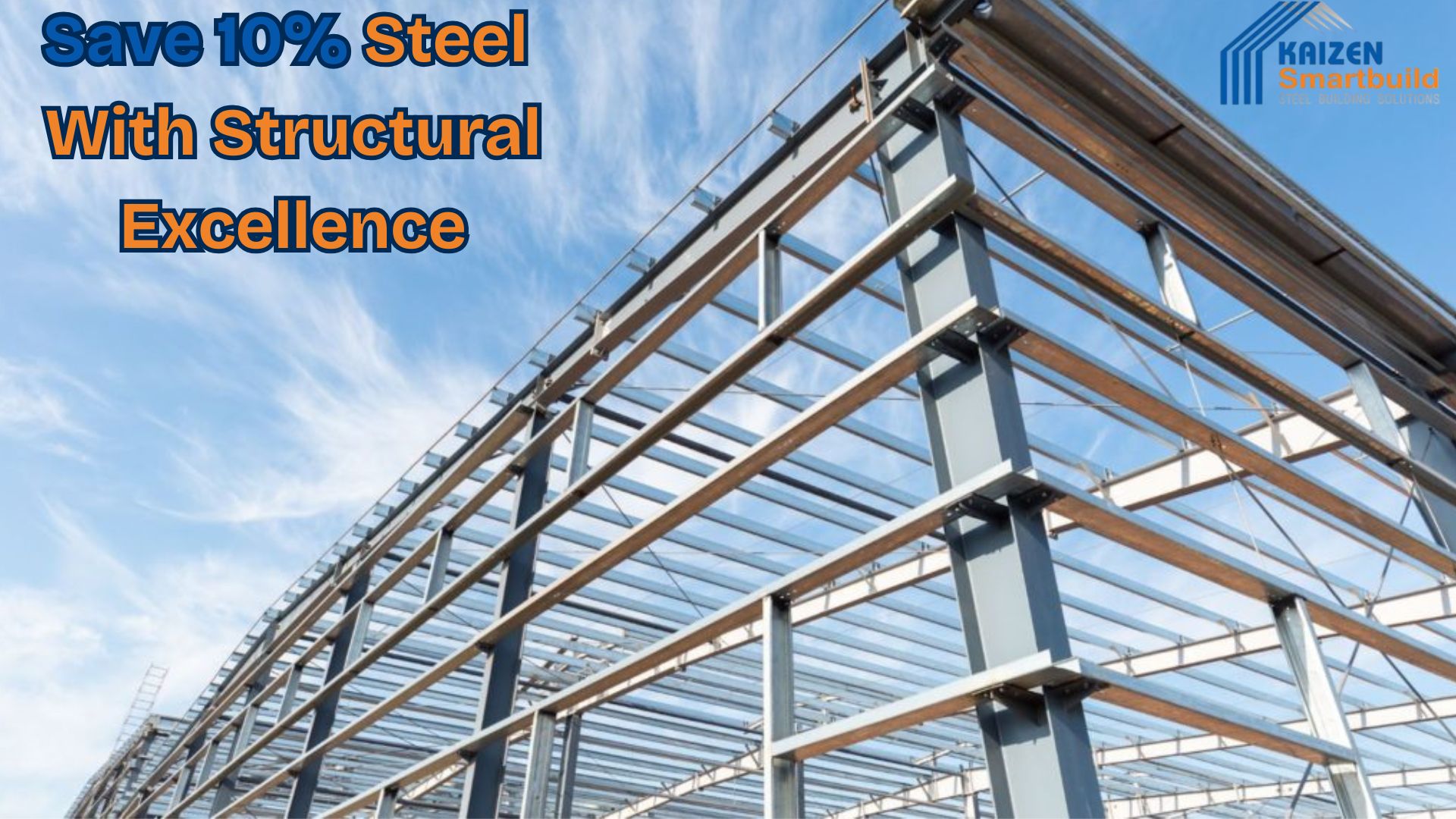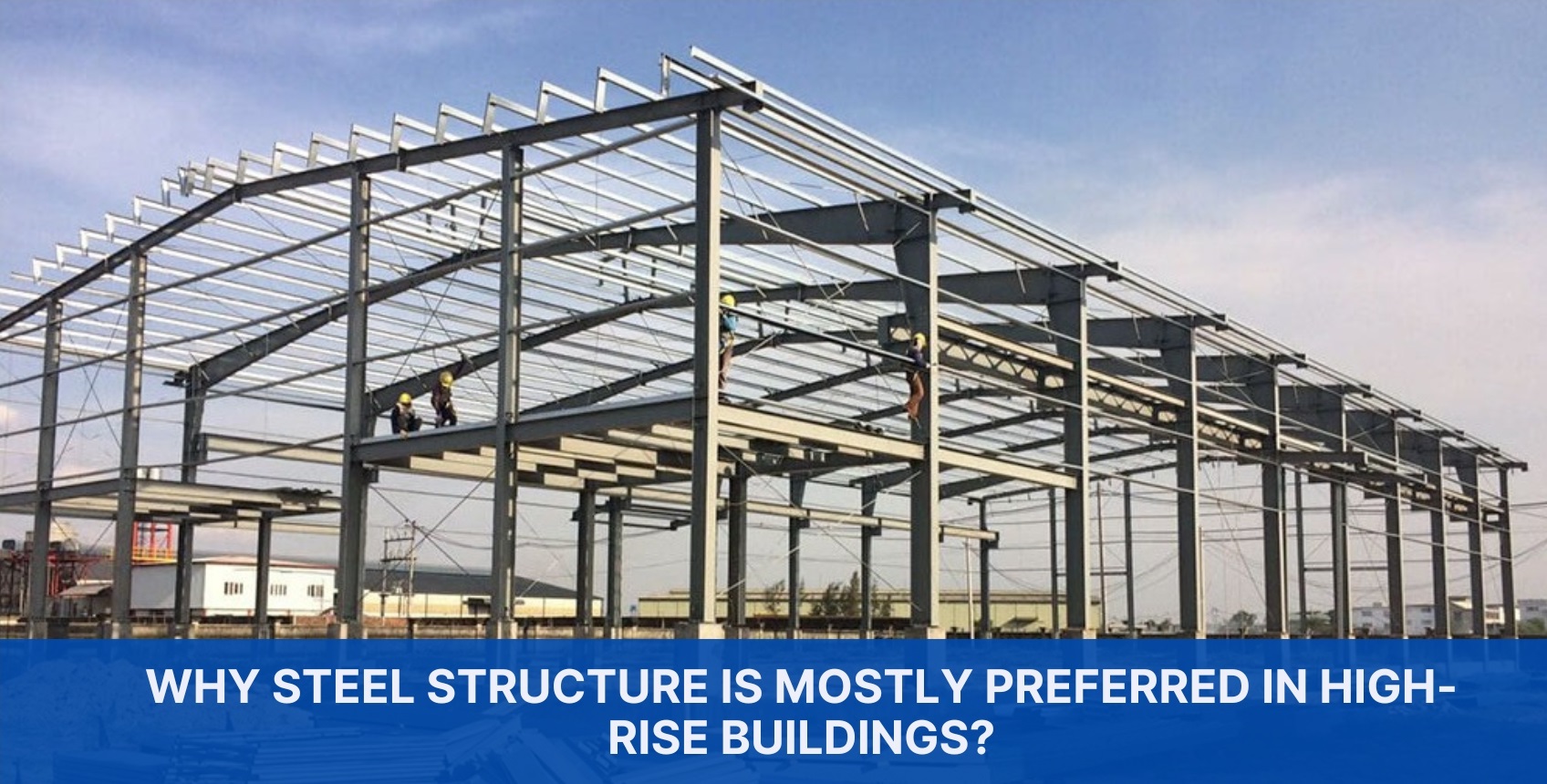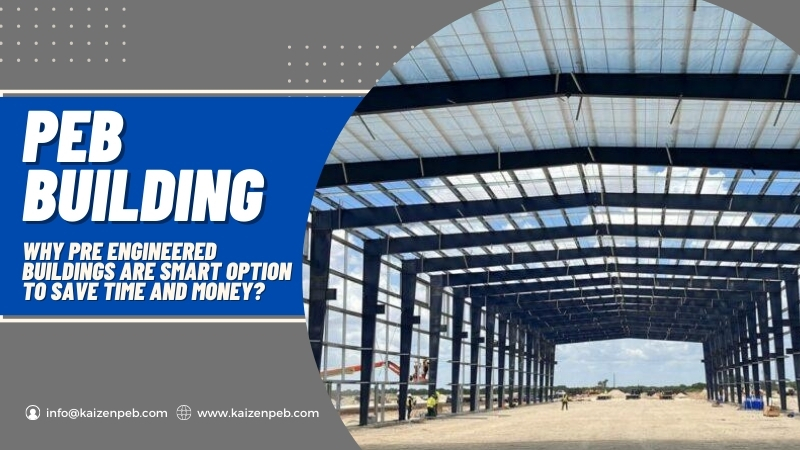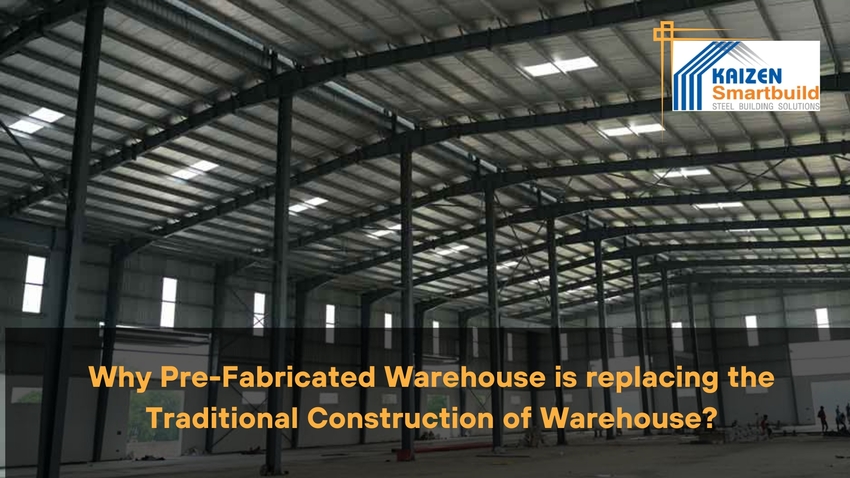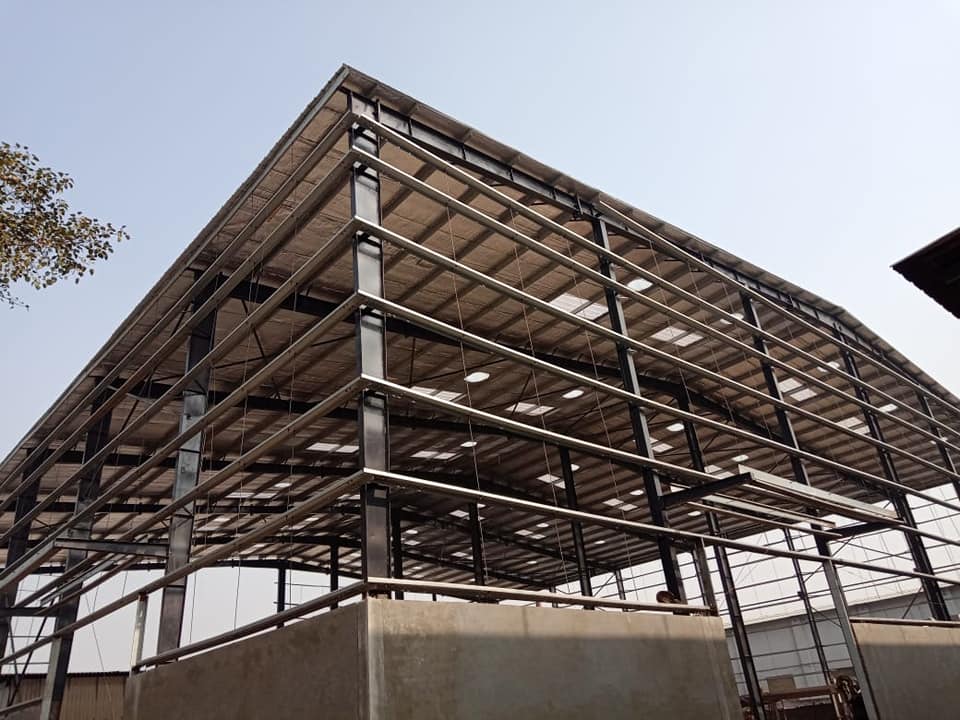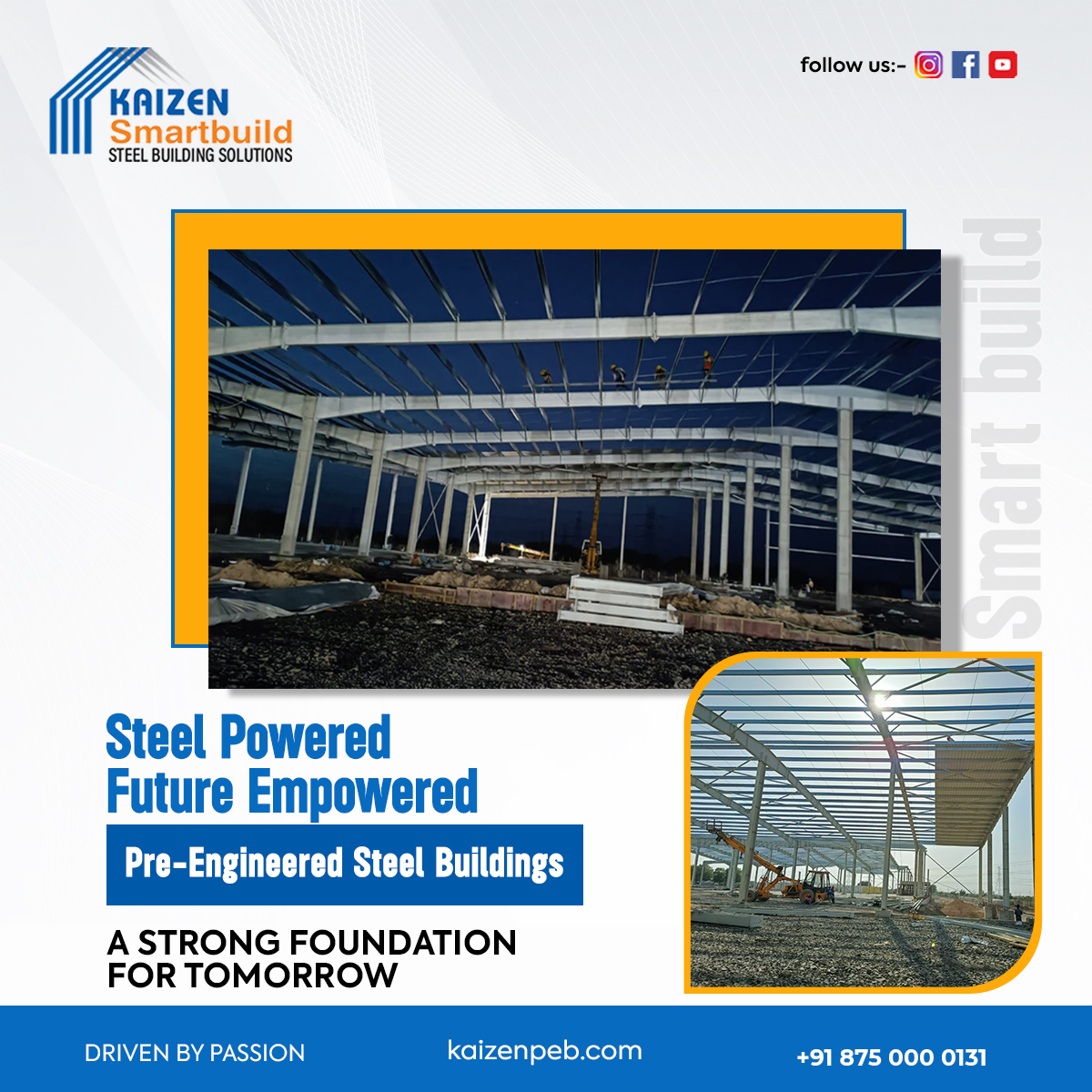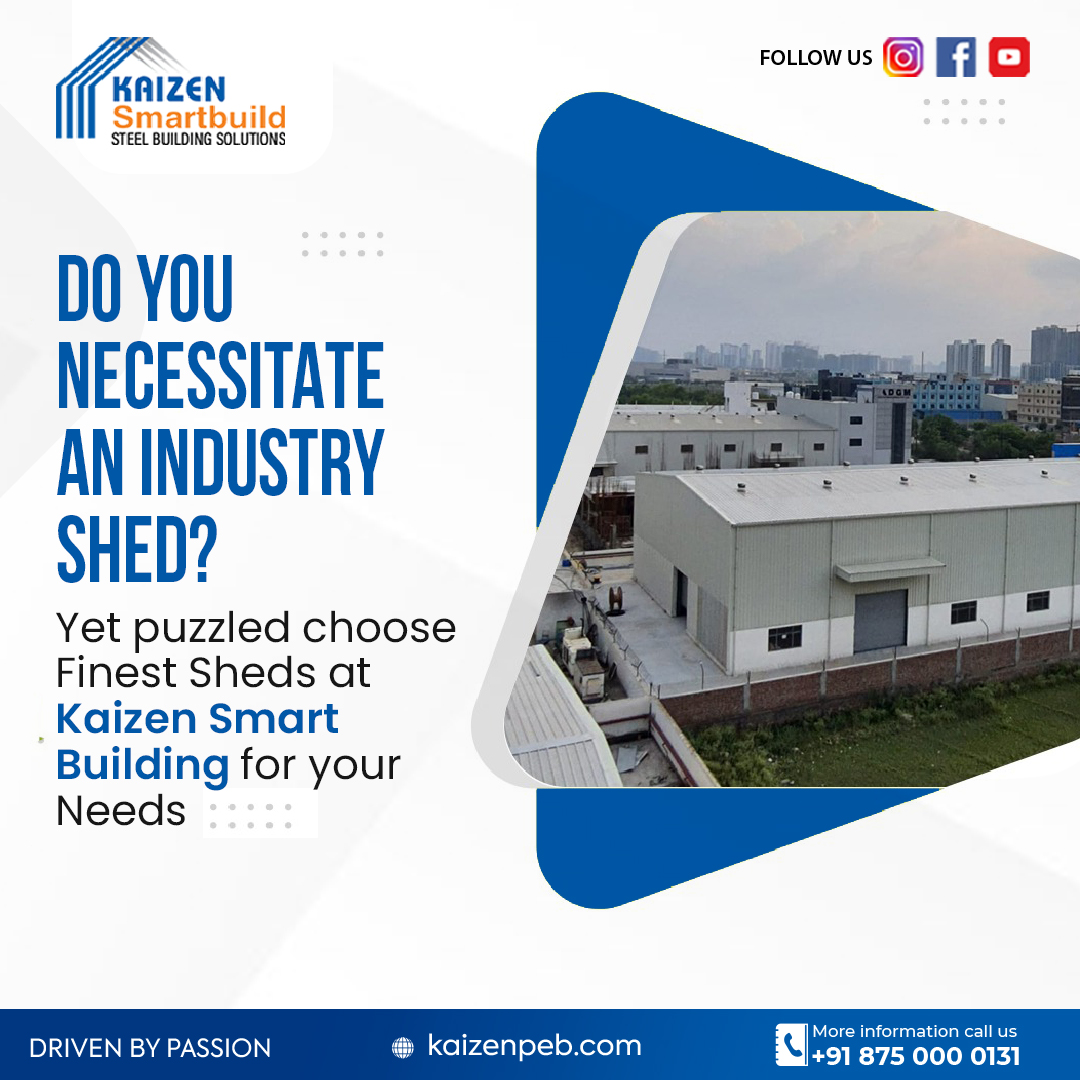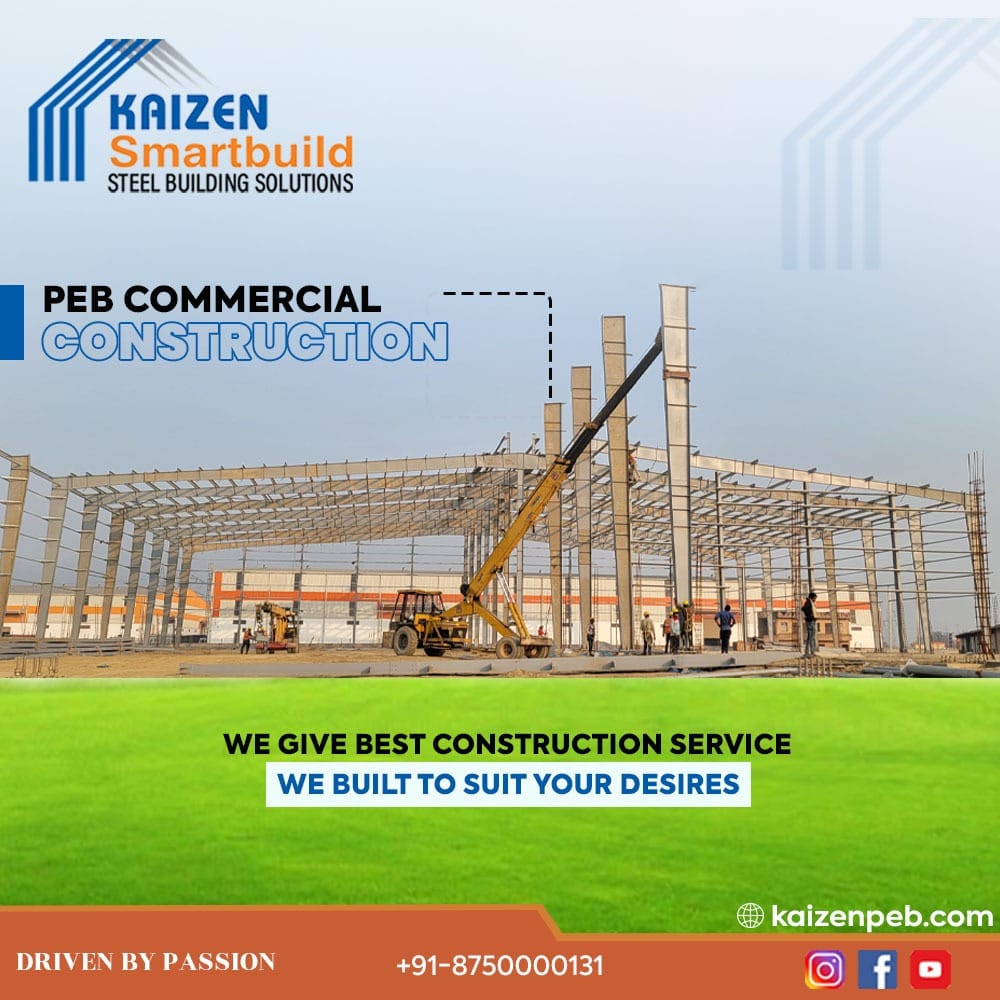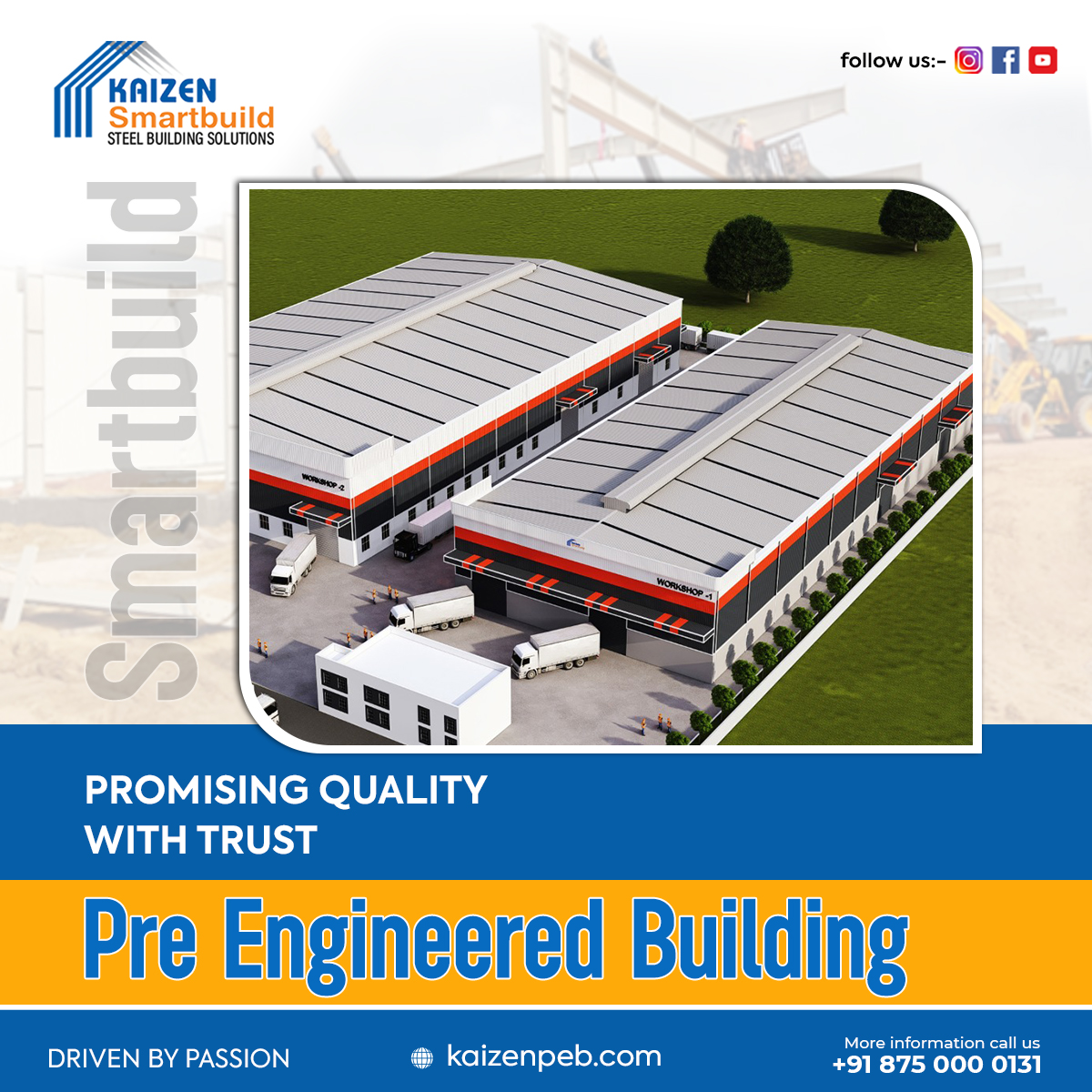Construction projects require extensive planning before the production stage begins. Choosing what kind of construction should be done is one of the foremost decisions in building construction. In recent years, pre-engineered buildings have gained an immense reputation for commercial towers and industrial sheds. However, a definite comparison of a peb building vs civil building is still required to make an informed decision. While both are relevant in the construction industry, they have key differences. Let’s understand these key differences so you can decide which suits your project.
Definition of PEB and Civil Building
PEB: Pre-engineered building (PEB) is a type of building in which components are prefabricated off site in factory-controlled settings by a reliable manufacturer like Kaizen. The offline construction allows simultaneous fabrication of individual components, better quality management, and faster construction.
Civil Building: These are traditional structures constructed on site, made of brick, cement, and concrete. Civil buildings are what we witness at our homes, schools, and residential complexes. It is generally used in small-scale infrastructure. Many modifications are involved when using civil buildings for large-scale infrastructure.
Comparison: PEB Building vs Civil Building
Construction Time: By definition, PEB buildings require faster construction due to the simultaneous production of components. Moreover, raw material is readily available at the manufacturing facility. On the contrary, civil building takes longer, from preparing the foundation to painting the walls. Hence, we can say PEB is better than civil buildings, considering the faster construction.
Cost of Construction: PEB manufacturers have a dedicated workforce, including technical experts and non-technical labours. Steel is used primarily in PEB, which is cheaper than concrete. It is easy to fabricate. A factory-controlled environment doesn’t let costly material waste. For civil buildings, the construction cost is higher for the same structure.
Strength & Resistance: The strength-to-weight ratio of PEB steel frames and columns is very high compared to concrete. It is highly resistant to cracks and impact. Civil buildings also have high strength but need the support of steel rods to increase their strength.
Durability: Steel’s high strength and resistance make PEB highly durable. Civil buildings are also durable but require more frequent maintenance.
Flexibility: The flexibility of PEB is high, at least higher than civil buildings. It can be modified, features like insulation layers can be added, expansion can be added, and the most unique is relocating every component to a new location, which is impossible in civil buildings.
Maintenance: The maintenance of PEB is minimal, as the material used in these buildings is resistant to moisture and wear. On the other hand, civil buildings need regular maintenance, such as painting, pest removal work, etc.
Environmental Impact: The ecological footprint of PEB is lesser than that of civil buildings, making it more eco-friendly.
Conclusion
Both PEB and civil have their respective benefits and preferred applications. Civil buildings can be used in homes, schools, and hospitals. However, for industrial sheds, warehouses, high-rise buildings, and other large infrastructures, PEB building is always the best choice. Kaizen PEB makes the most suitable buildings for construction work. Their components are known to last years, withstanding all weather conditions.



